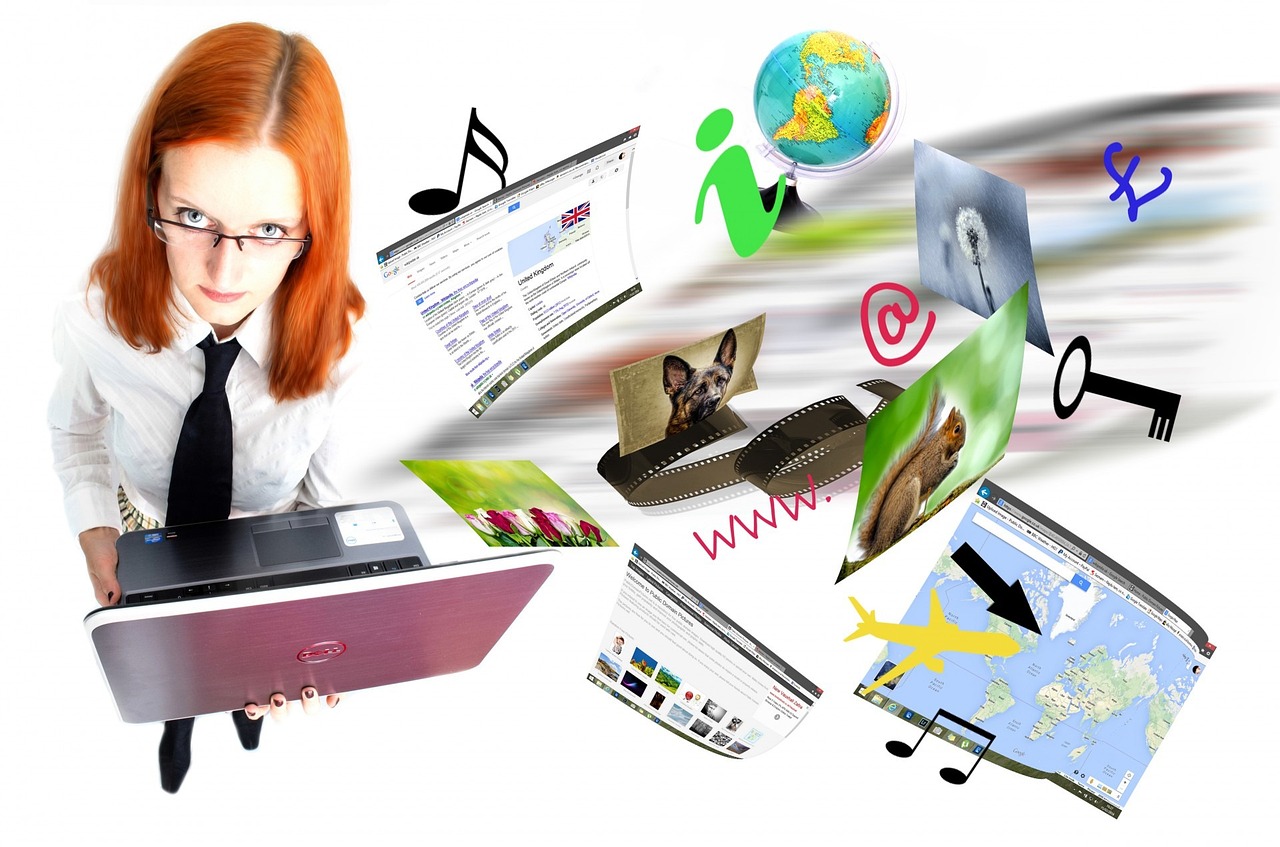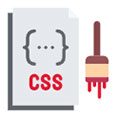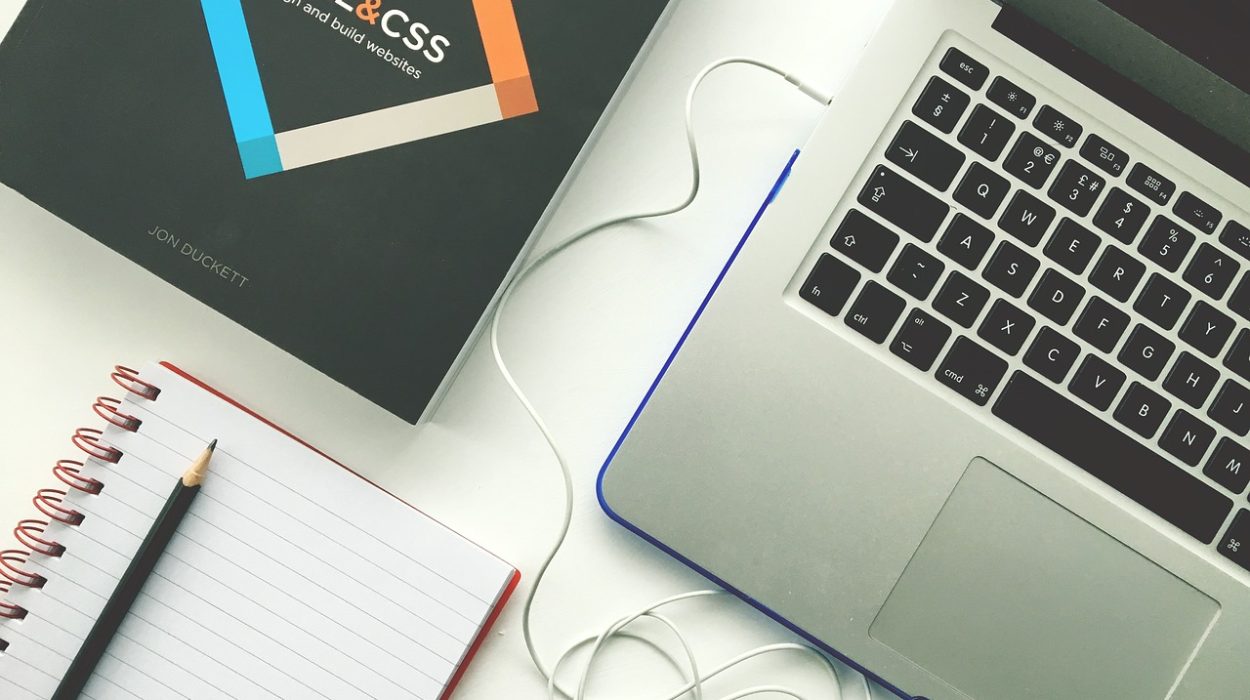As we venture into 2024, the landscape of website design continues to evolve at a rapid pace. Staying abreast of the latest trends is crucial for businesses and designers alike, as these trends significantly impact user experience, search engine optimization (SEO), and brand perception. In an increasingly digital world, your website often serves as the first point of contact between your brand and potential customers. Therefore, embracing cutting-edge design trends can give you a competitive edge and help you create a lasting impression on your audience.
Minimalist Design with Maximum Impact
The concept of minimalism in web design has been gaining traction for years, but in 2024, it’s set to reach new heights. This approach focuses on simplicity and functionality, creating visually appealing websites that are both aesthetically pleasing and user-friendly.
Key elements of minimalist design include:
- Abundant whitespace
- Clean lines
- Simple color schemes
- Intuitive navigation
- Focused content presentation
By embracing minimalism, designers can create websites that load faster, are easier to navigate, and provide a cleaner, more professional look.
The Rise of Bold Typography
Within the realm of minimalist design, bold typography has emerged as a powerful tool for grabbing attention and conveying messages clearly. Large, expressive fonts are being used to create visual hierarchies and guide users through content. This trend allows designers to make a strong impact without relying on complex graphical elements.
Examples of effective bold typography use:
- Oversized headlines
- Contrasting font weights
- Mixing serif and sans-serif fonts
- Animated text elements
- Typography as a design element
Less is More: Content-First Approach
The content-first approach is gaining momentum, prioritizing the delivery of valuable information over decorative elements. This strategy ensures that users can easily find and consume the content they’re looking for, improving overall user experience and engagement.
| Content-First Approach Benefits |
|---|
| Improved readability |
| Faster load times |
| Enhanced mobile responsiveness |
| Better SEO performance |
| Increased user engagement |
Dark Mode and Low Light UX
Dark mode has transitioned from a novel feature to a must-have design element in 2024. This trend caters to users who prefer browsing in low-light environments and offers several benefits for user experience.
Benefits of Dark Mode
- Reduced eye strain, especially in low-light conditions
- Potential battery saving on OLED and AMOLED screens
- Enhanced focus on content
- Aesthetic appeal and modern look
- Improved readability for some users
Implementing Dark Mode Effectively
To create an effective dark mode design:
- Choose a dark color palette that maintains sufficient contrast
- Avoid pure black backgrounds; opt for dark grays instead
- Use lighter shades for text and important UI elements
- Test color combinations for accessibility
- Provide an easy toggle between light and dark modes
- Consider adjusting images and graphics for dark mode visibility
AI and Machine Learning Integration

Artificial Intelligence (AI) and Machine Learning (ML) are revolutionizing web design by enabling more personalized and interactive user experiences.
AI-Driven Personalization
AI is being used to tailor content, product recommendations, and user interfaces to individual preferences. This level of personalization can significantly improve user engagement and conversion rates.
Examples of AI-driven personalization:
- Dynamic content based on user behavior
- Personalized product recommendations
- Customized search results
- Adaptive user interfaces
- Predictive text and auto-complete features
Chatbots and Virtual Assistants
AI-powered chatbots and virtual assistants are becoming increasingly sophisticated, offering improved customer service and engagement on websites.
| Chatbot Benefits | Implementation Considerations |
|---|---|
| 24/7 customer support | Natural language processing capabilities |
| Instant responses | Integration with existing systems |
| Reduced customer service costs | Continuous learning and improvement |
| Scalable customer interactions | Fallback to human support when needed |
| Data collection for insights | Multilingual support |
Immersive Scrolling Experiences
Creating immersive scrolling experiences is a trend that’s capturing users’ attention and encouraging deeper engagement with web content.
Parallax Scrolling
Parallax scrolling adds depth and dimension to a website by moving background elements at a different speed than foreground elements. This creates a 3D-like effect as users scroll, enhancing the overall visual experience.
Best practices for parallax scrolling:
- Use subtle effects to avoid overwhelming users
- Ensure smooth performance across devices
- Maintain readability of text elements
- Consider accessibility for users with motion sensitivity
- Use parallax to guide users through content
Scrollytelling
Scrollytelling combines storytelling with scrolling, creating an interactive narrative experience. This technique uses visual elements and text that reveal themselves as the user scrolls, guiding them through a story or presentation.
Effective scrollytelling techniques:
- Progressive disclosure of information
- Animated infographics
- Interactive data visualizations
- Seamless transitions between sections
- Responsive design for various screen sizes
Sustainable Web Design

Sustainable web design is gaining traction as businesses become more environmentally conscious. This approach focuses on creating energy-efficient websites with a lower environmental impact.
Green Hosting Solutions
Choosing a green hosting provider can significantly reduce a website’s carbon footprint. Some leading green hosting providers include:
- GreenGeeks
- A2 Hosting
- DreamHost
- HostPapa
- iPage
These providers focus on renewable energy sources and carbon-neutral operations.
Lightweight Design Techniques
Implementing lightweight design techniques can lead to faster load times and reduced energy consumption:
- Optimize images and use modern formats (WebP, AVIF)
- Minimize CSS and JavaScript files
- Implement lazy loading for images and videos
- Use system fonts when possible
- Reduce third-party scripts and plugins
- Implement caching strategies
3D Elements and Micro-Interactions
The integration of 3D elements and micro-interactions is creating more engaging and interactive user experiences in 2024.
Using 3D Graphics
3D models and animations add depth and visual interest to websites, making them more appealing and memorable. Applications of 3D in web design include:
- Product showcases with 360-degree views
- Immersive backgrounds and hero sections
- Interactive 3D infographics
- Animated logos and icons
- Virtual reality (VR) and augmented reality (AR) experiences
Enhancing UX with Micro-Interactions
Micro-interactions are subtle animations that provide feedback and enhance the user experience. These small design elements can significantly improve user engagement and satisfaction.
Examples of effective micro-interactions:
- Button hover effects
- Form field animations
- Progress indicators
- Like or favorite animations
- Scrolling progress bars
- Loading spinners
- Notification badges
Conclusion
As we navigate through 2024, these web design trends are shaping the digital landscape and setting new standards for user experience and visual appeal. From minimalist designs that prioritize content to immersive scrolling experiences and AI-driven personalization, the focus is on creating websites that are not only visually stunning but also highly functional and user-centric.
For businesses and designers looking to stay competitive, it’s essential to review current websites and consider implementing relevant trends. However, it’s crucial to remember that trends should be adapted thoughtfully, always keeping your brand identity and user needs at the forefront.
By embracing these innovative design approaches, you can create websites that not only meet the expectations of today’s users but also pave the way for the digital experiences of tomorrow. Stay curious, keep experimenting, and don’t be afraid to push the boundaries of web design in 2024 and beyond.

